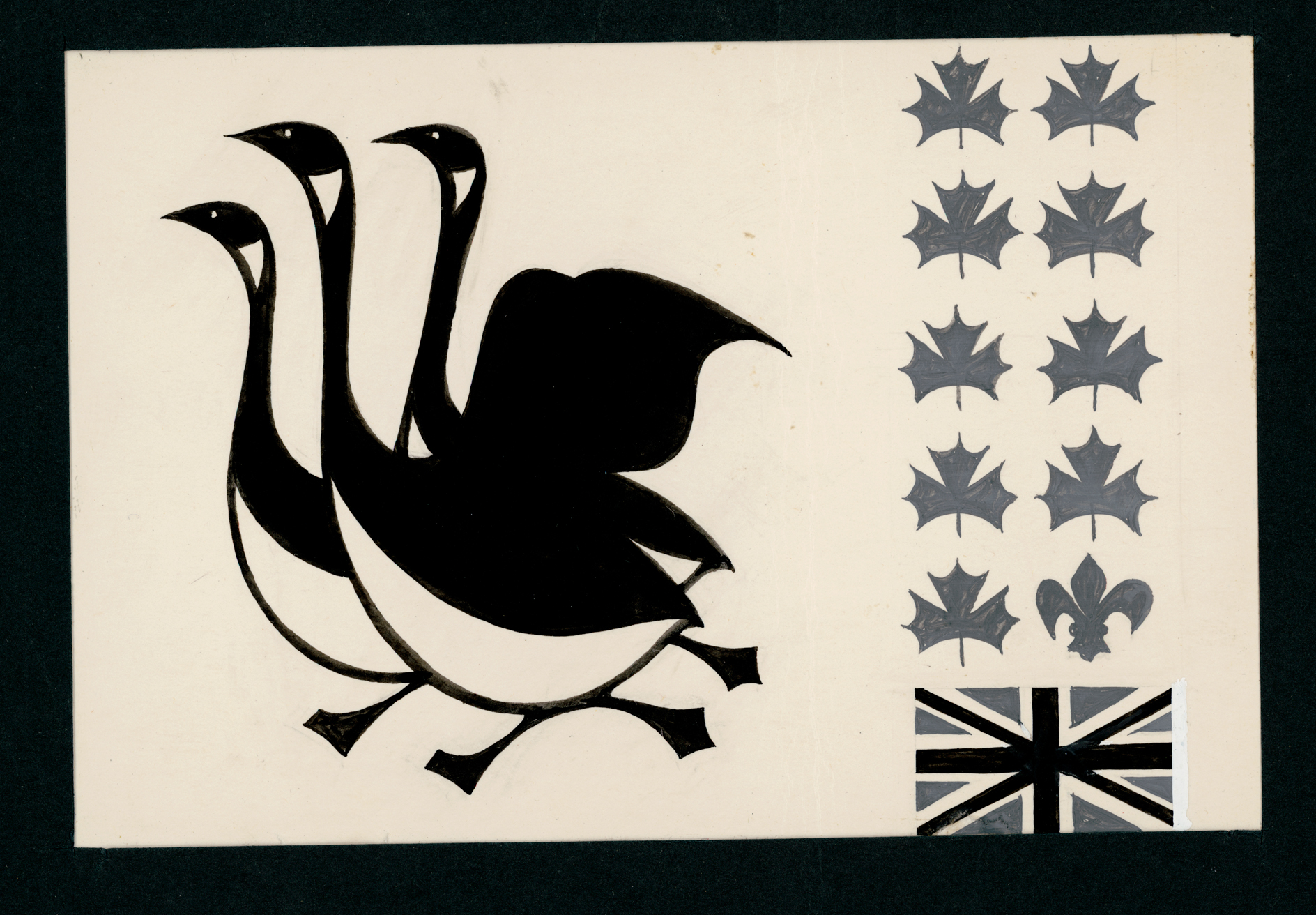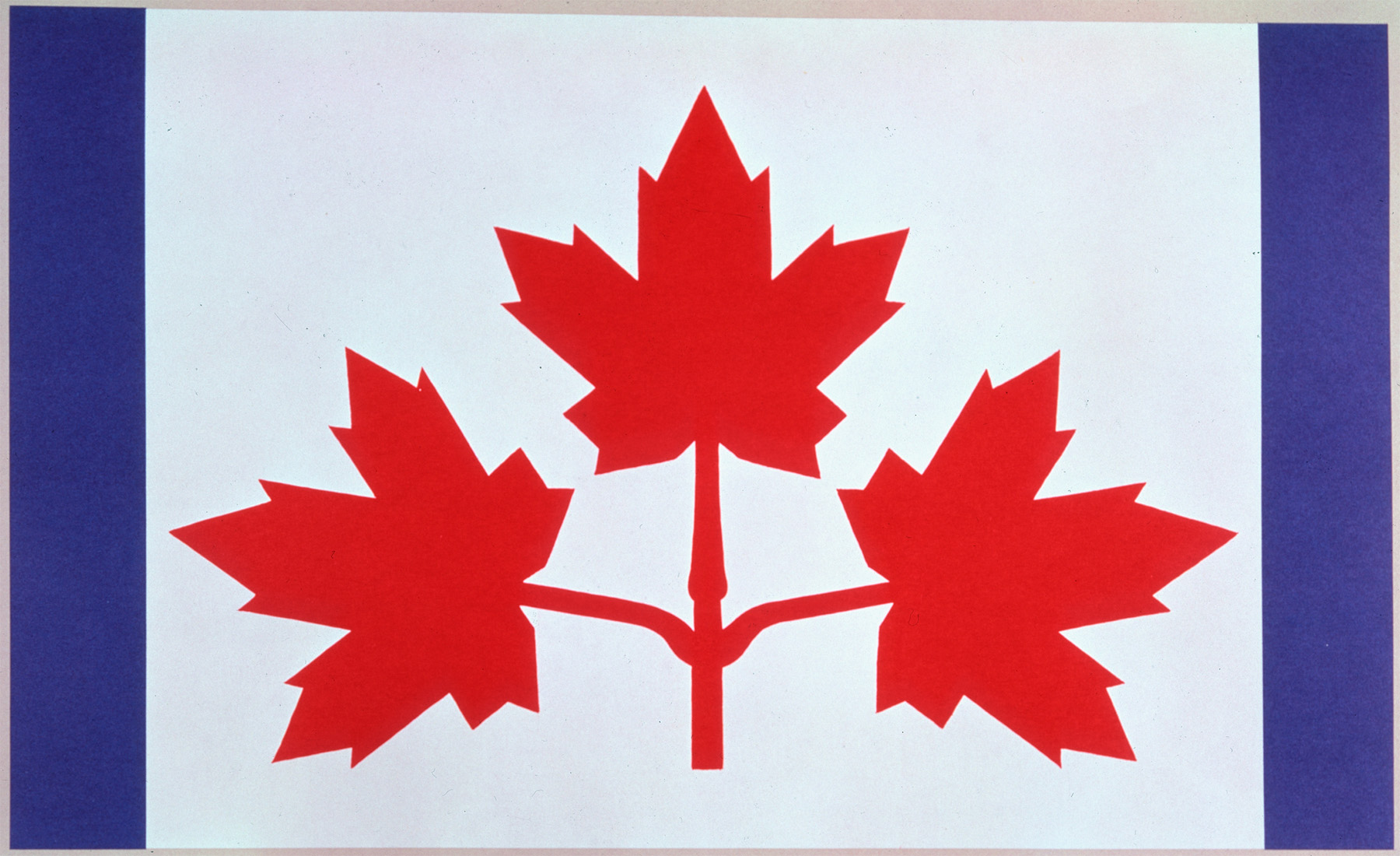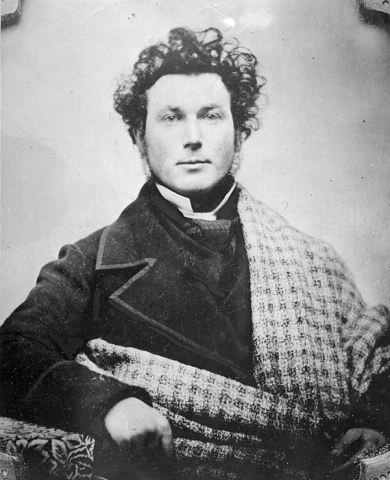
Beaver
Before the arrival of the Europeans, the beaver was honoured by such Indigenous communities as the Wendat. European settlers learned about the beaver not long after their arrival, with Jacques Cartier trading for furs in 1534. In fact, the pursuit of beaver pelts during the fur trade led to the colonial exploration of vast regions of North America.
Because of the beaver’s impact on the development and history of Canada, it is one of Canada’s official national emblems. It appears on the coat of arms of Alberta and Saskatchewan. It has also been immortalized in 1,000 place names across the country.

Northern Lights
This design depicts the northern lights, or arsaniit in Inuktitut. The aurora borealis are a Canadian symbol inextricably linked to the North. They have both haunted and inspired the imaginations of spectators for centuries. Inuit stories and myths give life to the arsaniit. According to the Nunavik Tourism Association, some describe the dancing lights as “sky people playing in the dark of winter” and claim that “whistling out loud will make them dance even more furiously.”

Birch
Birch trees are best known for their paper-like bark. Indigenous peoples used birch trees, especially the paper birch species, for making baskets and kitchen utensils. The birchbark canoe was the principal means of water transportation for Indigenous peoples of the Eastern Woodlands. The voyageurs and coureurs des bois also used it extensively in the fur trade.

Geese
The Canada goose, a species that flocks from coast to coast, is a symbol of the Canadian wilderness. The Royal Union Flag (or Union Jack) was once a stand-in for Canada’s national flag. It also appeared in the upper left corner of the Canadian Red Ensign. It was previously flown at Parliament Hill and above Canadian government buildings abroad.
The fleur-de-lys, a symbol of francophone cultural identity, appears on the Canadian coat of arms. It is also on the flag of Quebec, known as the Fleurdelisé. It was first unfurled in 1948. The fleur-de-lys also appears as a symbol of Canada’s francophone communities on the Franco Ontarian flag and other emblems.

Four Leaves
Little evidence suggests that the maple leaf was viewed as a Canadian emblem before the early 19th century. The first known written mention of the maple leaf as an emblem of francophone Canadians was in an epigram in a 29 November 1806 issue of Le Canadien. It was addressed to its rival English newspaper, the Mercury. In it, the maple accuses the thorny rose (symbol of England) of maliciously tearing at passers-by.

Ten Leaves
The maple leaf has been an emblem of Canada since at least the 1830s. It was officially recognized for the first time in 1859. The Prince of Wales presented the 100th Regiment (Royal Canadians) with its colours in England. A maple leaf was present at each corner of the regimental flag. The next year, the regiment incorporated branches of maple into its badge. Also that year, the leaves were used extensively in decorations for the Prince of Wales’s visit.
In 1867, Alexander Muir composed “The Maple Leaf Forever.” For decades, the song was regarded as a national hymn in English Canada. The coats of arms for Quebec and Ontario, introduced in 1868, both incorporate a sprig of three maple leaves. The maple leaf was the badge of the Canadian Expeditionary Force in the First World War. When national armorial bearings were assigned in 1921, a sprig of leaves was an important feature.

Group of Seven Submissions
“I trust you will forgive me for intruding my views into this rather confusing situation,” wrote artist A.Y. Jackson in a letter to Prime Minister Pearson, dated 10 June 1964. The letter references the flag sketch shown here, about which Jackson wrote:
“[In the] back of my mind was the memory of camping with Tom Thomson in Algonquin Park just 50 years ago. I made a sketch which became a canvas entitled The Red Maple […] It represented a tree with red leaves and the Ox Tongue River prancing by in the background.”
He continued, “when one thinks of how all this country was discovered and explored by men in canoes, running down or poling up rapids […] the wild river is far more associated with our history than any ocean and the rollicking line can be the expression of it on a flag. Apart from that, I believe the leaf of the sugar maple in its natural state is much more beautiful than the simplifications made of it in most of the flag designs.”
Among the other established artists to contribute designs were A. J. Casson of the Group of Seven and Maxwell Bates.

Pearson Pennant
In 1964, artist and heraldic advisor Alan B. Beddoe presented Lester B. Pearson with a flag design. It depicted a sprig of three red maple leaves on a white background flanked by two vertical blue bars. The simple message “Canada from sea to sea” seemed to please Pearson. He introduced the design to Parliament in June 1964. The concept for the three maple leaves was likely derived from Canada’s coat of arms granted by King George V in 1921.

George Bist
A major player in the design of Canada’s flag was George Stanley. He was dean of arts at the Royal Military College of Canada. He wrote a letter to Liberal MP John Matheson, member of the flag committee, in March 1964. It contained a drawing of a flag divided vertically, with red, white and red in equal parts and a red maple leaf in its centre. Stanley preferred one well-stylized maple leaf on the flag. It communicated unity and could be immediately recognized as Canadian. ( See also: The Stanley Flag.)
Matheson did not reject Stanley’s proposal, although he felt that something was missing. A design submitted by George Bist, a war veteran, was close to Alan Beddoe’s conception. It had a single maple leaf in the centre on a square, which made room to enlarge the leaf. On his submission, Bist typed: “I believe in Canada… Its historic past… Its potential for growth… Its future role in world affairs.”
Matheson combined Stanley’s design with Bist’s square and introduced it quietly among the designs.

Final design
The Flag of Canada is unique among national flags. It displays a white square in its centre, which is twice as wide as an ordinary “pale” (a vertical band occupying one third of a flag’s surface).
The original leaf as depicted by Beddoe had 13 points. Matheson studied the behaviour of a model flag bearing the sugar maple leaf when flapping in the wind tunnel of the National Research Council’s laboratory. He finally opted for 11 points. He supervised the stylization of the leaf by the graphic artist Jacques Saint-Cyr of the Canadian Government Exhibition Commission.

See also: Heraldry; Emblems of Canada; Editorial: The Canadian Flag, Distinctively Our Own; Editorial: The Stanley Flag and the “Distinctive Canadian Symbol”; The Great Flag Debate.)

 Share on Facebook
Share on Facebook Share on X
Share on X Share by Email
Share by Email Share on Google Classroom
Share on Google Classroom







